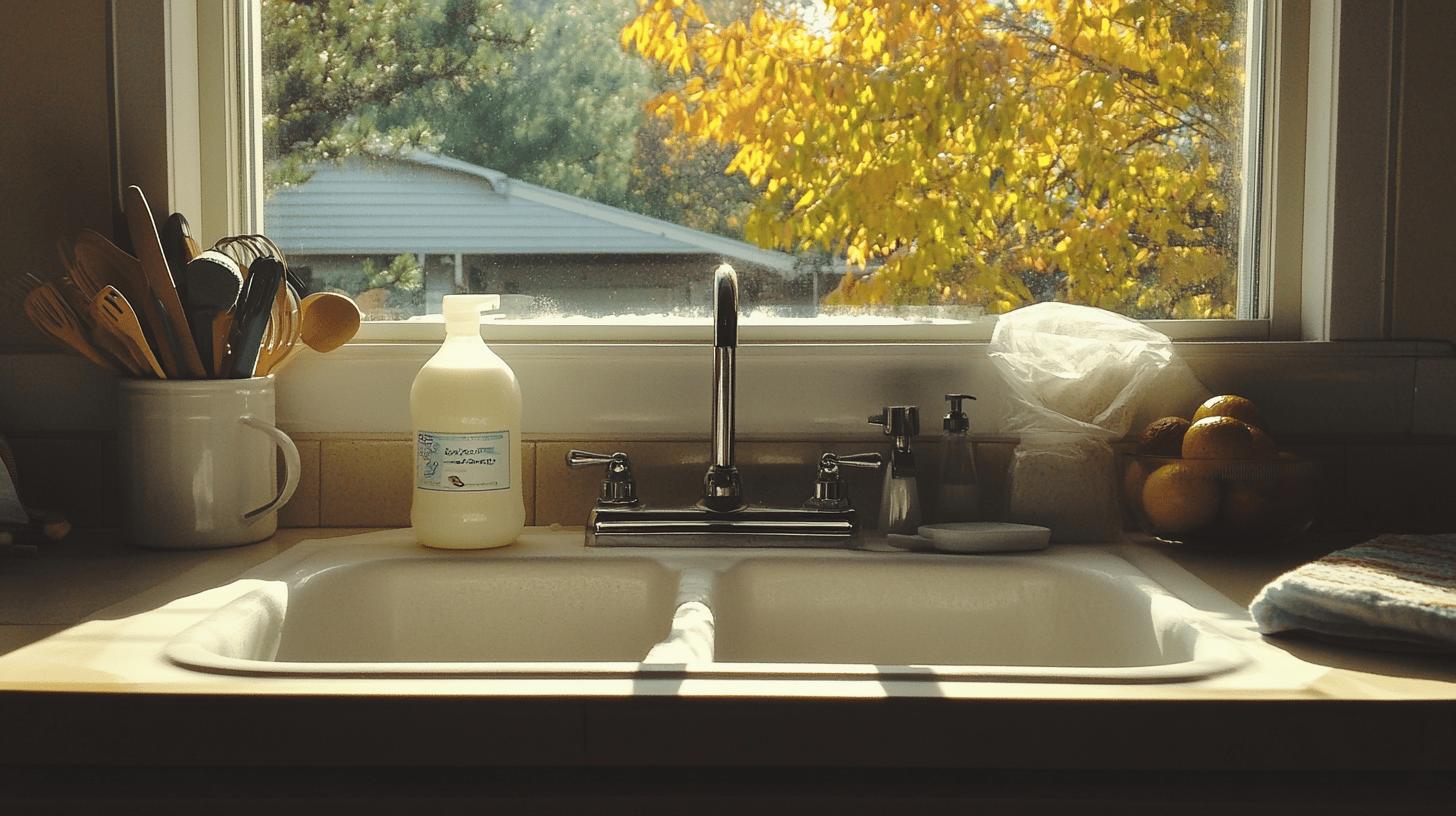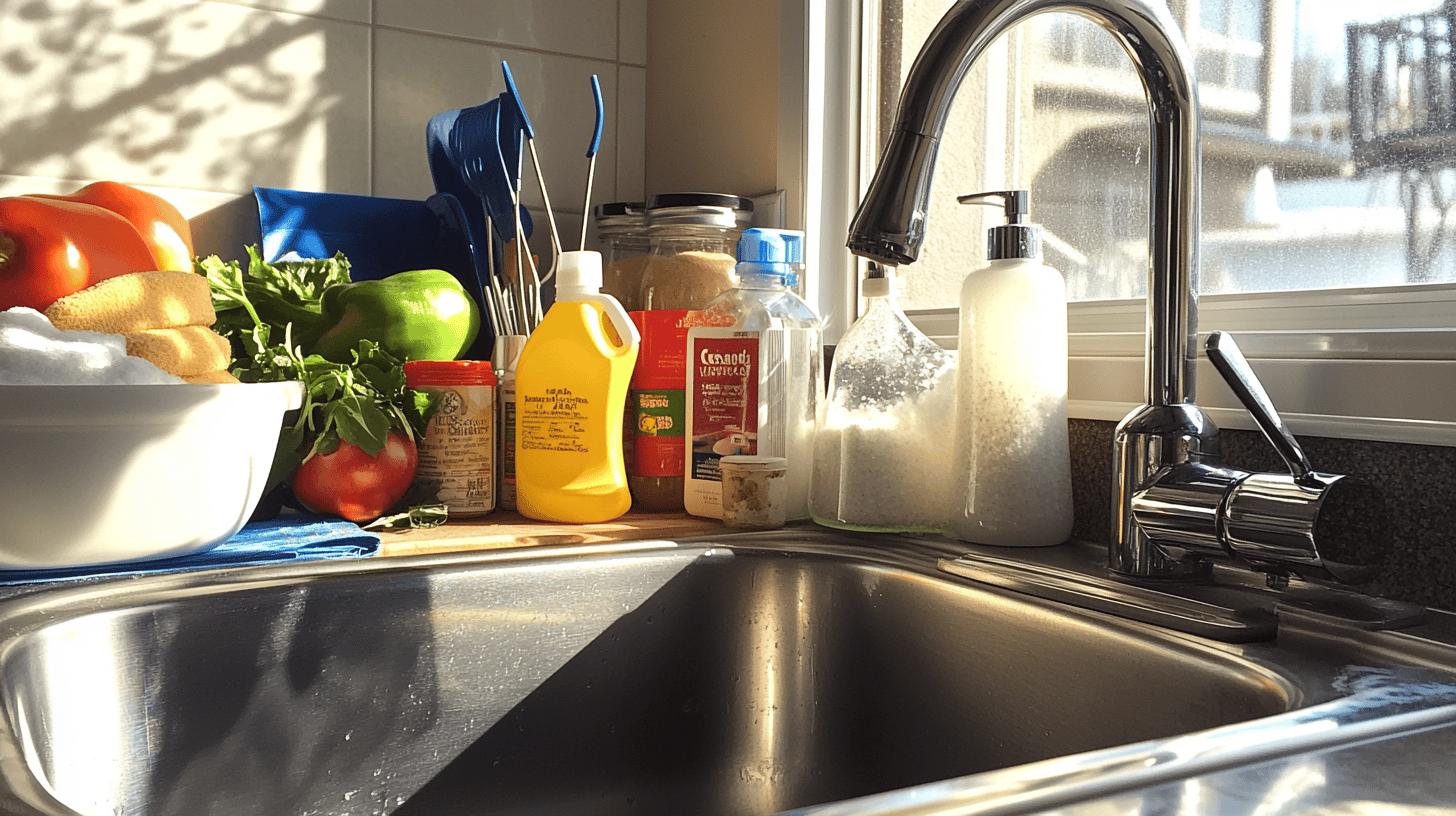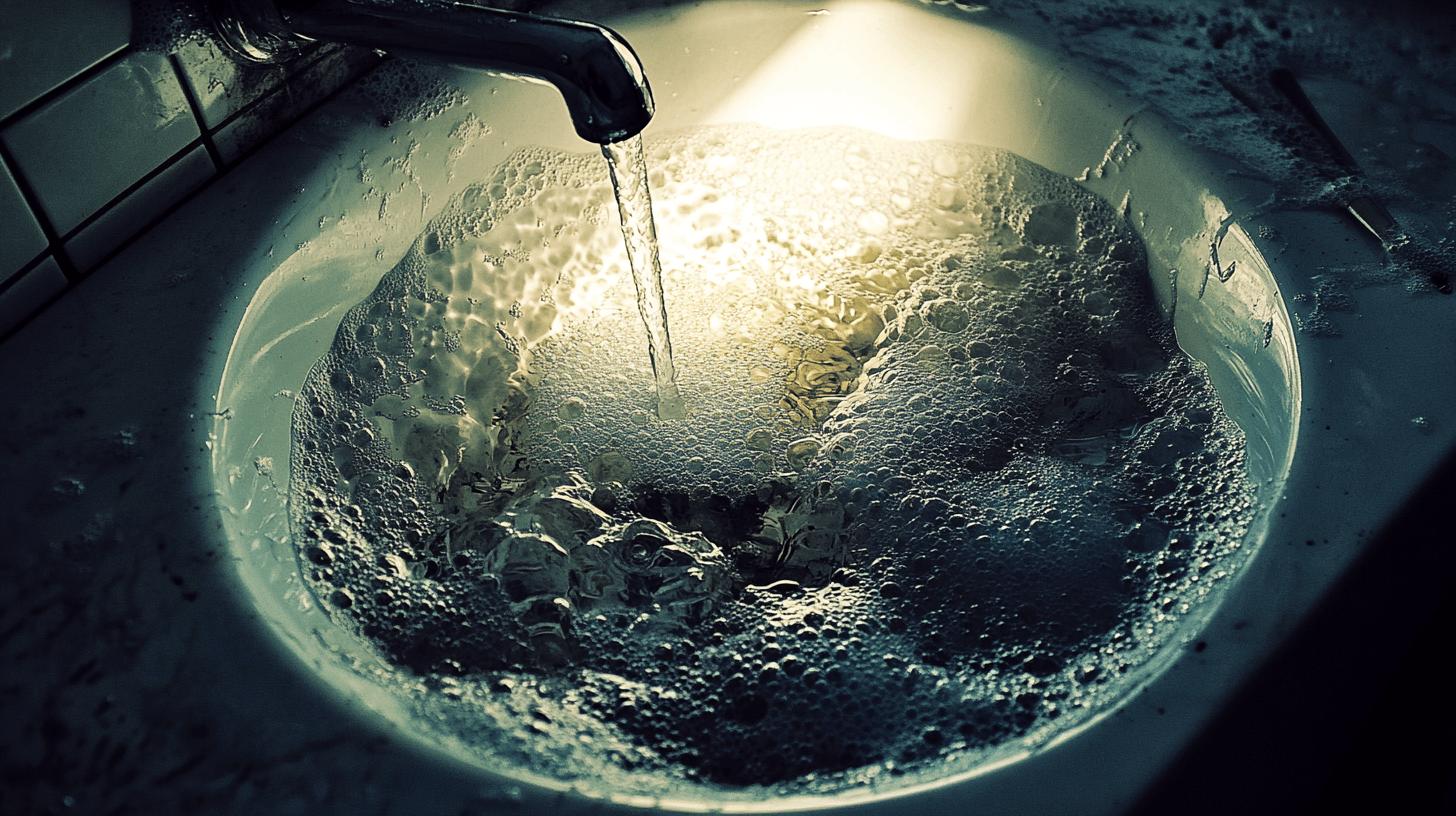TL;DR:
- Older pipes (cast iron/galvanized steel) can be damaged by drain snakes, causing scratches, leaks, and cracks.
- Snakes ineffective for mineral buildup, grease, tree roots—use hydro jetting or chemical treatments instead.
- DIY mistakes: wrong snake type, excessive force, lack of protective gear; risks include cuts, strain, and pipe damage.
- Chemical cleaners: quick but may damage pipes; baking soda/vinegar is eco-friendly.
- Call a professional for: recurring clogs, water damage, slow drains, unusual odors, fluctuating pressure.
- Benefits of professionals: expertise, diagnosis, specialized tools, thorough and safe solutions.
When dealing with a tough clog, grabbing a drain snake might seem like the obvious solution. But it’s not always the right tool for every plumbing problem. In fact, using it in the wrong situation can actually make things worse. This guide breaks down when using a drain snake can cause damage and helps you make smarter, safer choices. Find out when to avoid the snake and how to keep your plumbing in good shape.
Risks of Using a Drain Snake on Older Pipes
Older plumbing systems often use materials like cast iron or galvanized steel, which can become weak and corroded over time. Using a drain snake on these pipes can scratch the inside, causing more corrosion or even puncturing them. This damage can lead to cracks and leaks, making the pipes even more fragile.
- Scratches on pipe interiors
- Punctures causing leaks
- Cracks from pressure
- Water leakage from damaged areas
- Burst pipes due to weakened structure
Because of these risks, it’s important to have a professional check the pipes before using a drain snake. A plumber can determine if the system can handle the pressure without causing damage. This prevents expensive repairs and property damage. Trusting experts ensures the right tools are used, keeping your plumbing in good shape.
Ineffectiveness of Drain Snakes for Certain Clogs

When is a drain snake not effective? Drain snakes struggle with clogs from mineral buildup, grease, and tree roots. These blockages can solidify in pipes or spread beyond the snake’s reach. Hard water deposits and grease can harden on pipe walls, while tree roots in sewer lines can grow too large for a snake to handle.
What are alternatives? For tough clogs, hydro jetting and chemical treatments work better. Hydro jetting blasts away blockages with high-pressure water, while chemicals dissolve clogs (though they must be used carefully to avoid pipe damage).
Why call a professional? Plumbers have the tools and experience to deal with tough clogs. They assess the situation and pick the right method, ensuring the job is done safely, saving you time and preventing costly DIY damage.
Potential Hazards and Injuries from DIY Drain Snaking
What are common mistakes in DIY drain snaking? One big mistake is using the wrong size or type of snake, which leads to poor results or even injury. Applying too much force can make the snake snap back, causing cuts or strain. Not wearing protective gear exposes you to contaminated water, which can lead to health issues. Mishandling the snake can also damage your pipes, turning a small problem into a bigger one.
- Cuts from sharp edges
- Physical strain from improper technique
- Exposure to contaminated water
- Pipe damage from incorrect handling
How can you practice safe drain snaking? Always wear gloves and goggles for protection. Make sure you’re using the right type of snake for your pipes. If you’re unsure or the clog doesn’t clear, call a professional. They have the proper tools and expertise, which reduces the risk of injury or damaging your plumbing. Knowing when to get help keeps both you and your pipes safe.
Alternatives to Using a Drain Snake

What if a drain snake isn’t right for your problem? You’ve got other options. Chemical drain cleaners can work, but use them carefully to avoid damaging your pipes since frequent use can cause corrosion. A safer, eco-friendly option is using baking soda and vinegar. This mix can dissolve small clogs without harming your pipes, making it better for both your plumbing and the environment.
- Pros of Chemical Drain Cleaners:
- Quick and easy
- Effective on organic material
- Inexpensive
- Cons of Chemical Drain Cleaners:
- Potential pipe damage
- Harmful fumes
- Not eco-friendly
For stubborn clogs, consider professional solutions like hydro jetting. This method uses high-pressure water to blast away blockages and clean your pipes. It’s great for clearing mineral buildup, grease, and other tough clogs. Going with a professional ensures the job is done thoroughly and safely.
| Method | Pros | Cons |
|——————–|——————————————–|—————————————–|
| Chemical Cleaners | Quick and effective | Potential pipe damage |
| Baking Soda/Vinegar| Eco-friendly, safe for pipes | May not work on tough clogs |
| Hydro Jetting | Thorough cleaning, effective on hard clogs | Requires professional service |
| Manual Cleaning | No chemicals, eco-friendly | Labor-intensive, not always effective |
Signs You Need a Professional Plumber Instead of a Drain Snake
When should you call a professional plumber instead of using a drain snake? If clogs keep coming back, it might mean there’s a bigger issue. Water stains or leaks can also point to problems that a snake can’t handle. Slow drains or strange odors are other signs that it’s time to get a pro involved for a proper fix.
- Frequent clogs
- Visible water damage
- Persistent slow drainage
- Unpleasant odors
- Fluctuating water pressure
- Multiple clogged fixtures at once
What are the benefits of hiring a professional plumber? Pros have the right tools and experience to tackle tough plumbing problems. They can find the root cause and fix it properly, preventing more damage. With equipment like video inspection tools and hydro jetting machines, they go beyond what a drain snake can handle. Hiring a pro ensures a thorough and safe fix, keeping your home protected and giving you peace of mind.
Final Words
Knowing when not to use a drain snake can save you from serious damage and costly repairs. Older pipes, like cast iron or galvanized steel, can be easily harmed by a snake. Plus, clogs from things like mineral buildup or tree roots need other methods to be fixed properly. DIY snaking can also lead to injuries, so it’s smart to be cautious or call in a pro. Using alternative methods or hiring professionals ensures that tough plumbing problems are handled safely and effectively.
FAQ
When should you not use a drain snake on a toilet or shower?
A: It’s best to avoid using a drain snake on a toilet or shower if the pipes are old and fragile or when the obstruction might be caused by non-physical substances like mineral buildup. These situations may require alternative methods.
How do you use a drain snake for a toilet or bathtub?
A: To use a drain snake, insert the snake carefully into the drain, turning the handle slowly to break up the clog. Avoid forcing it, as this can damage the pipes.
Can a drain snake make a clog worse?
A: If used incorrectly, a drain snake can push debris deeper into the pipe, worsening the clog. It’s crucial to follow proper techniques to avoid this issue.
Is using a drain snake harmful to pipes?
A: Using a drain snake can be harmful if the pipes are old or made of fragile materials like cast iron or galvanized steel, as it may cause scratches, cracks, or leaks.
When should you avoid using drain cleaner?
A: Avoid using drain cleaners if you suspect a clog is caused by non-degradable materials or if there’s a risk of damaging older or corroded pipes.
How do you snake a drain from outside?
A: To snake a drain from outside, access the cleanout near the home’s foundation. Insert the snake and turn the handle while feeding it into the pipe to clear the obstruction.
How do you use a cordless drain snake?
A: Ensure the cordless snake is fully charged, insert it into the drain slowly while gripping firmly, and activate the drill to break or dislodge the clog.
How can you make a plumbing snake turn corners?
A: To make a plumbing snake turn corners, gently twist the handle and apply slight pressure. Patience is essential to navigate effectively without damaging the pipes.
What are the limitations of a drain snake?
A: Drain snakes may struggle with clogs due to mineral buildup, grease, or tree roots. In such cases, methods like hydro jetting are more effective.
What are potential hazards of DIY drain snaking?
A: DIY drain snaking can cause injuries such as cuts, strains, contamination, and potential equipment misuse. Exercise caution and use protective gear.

